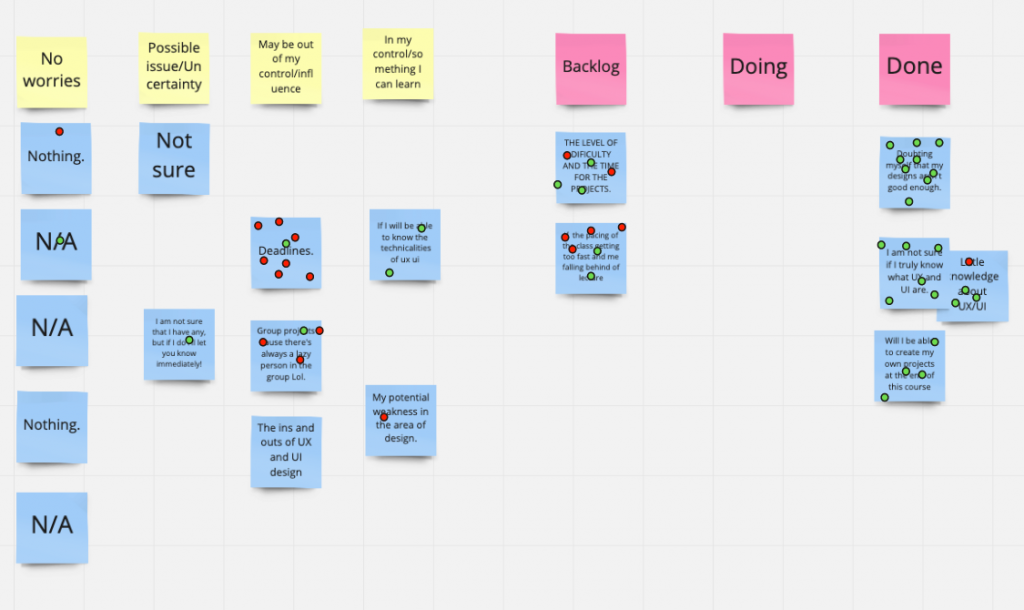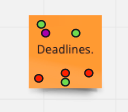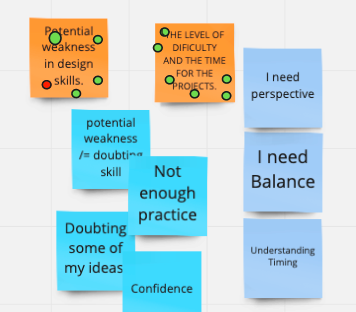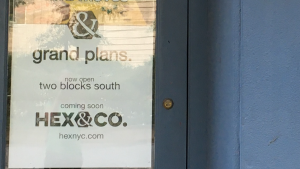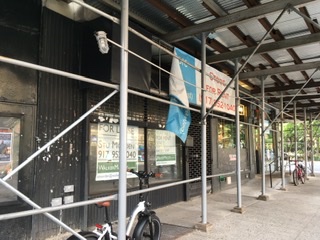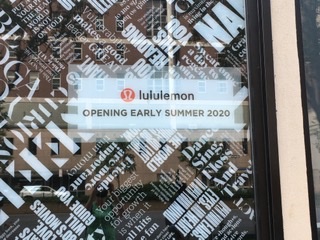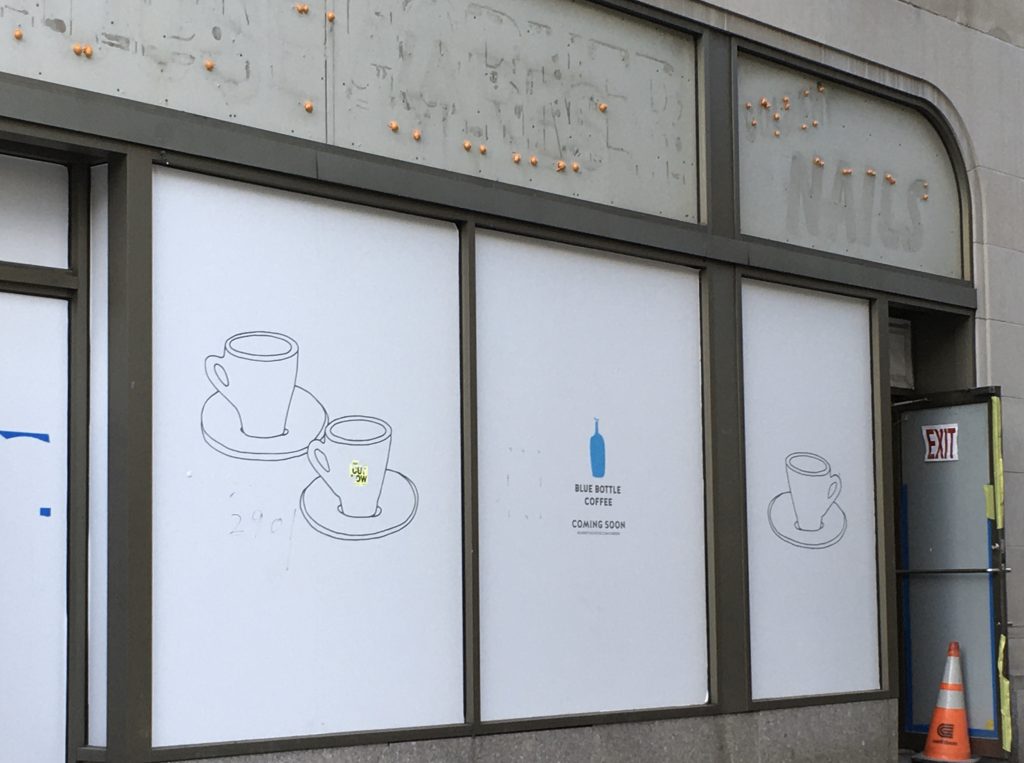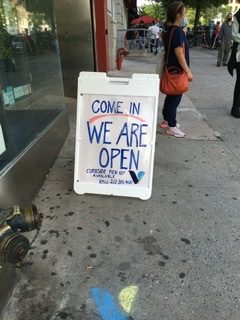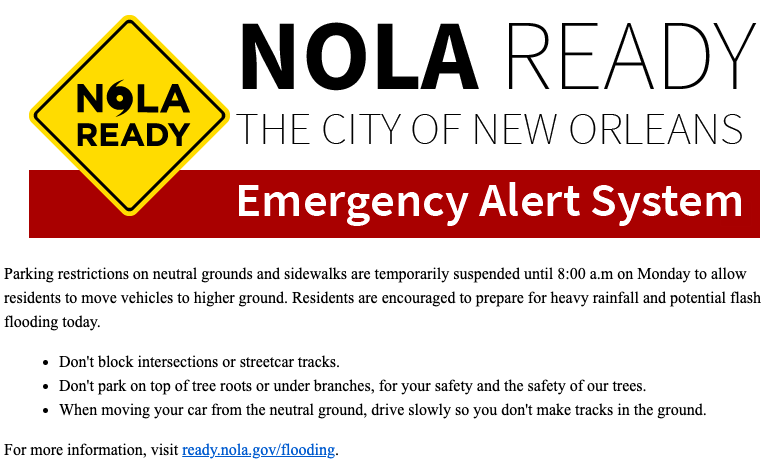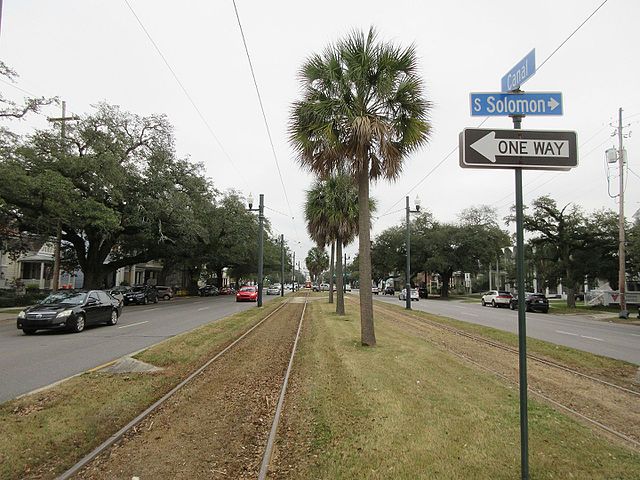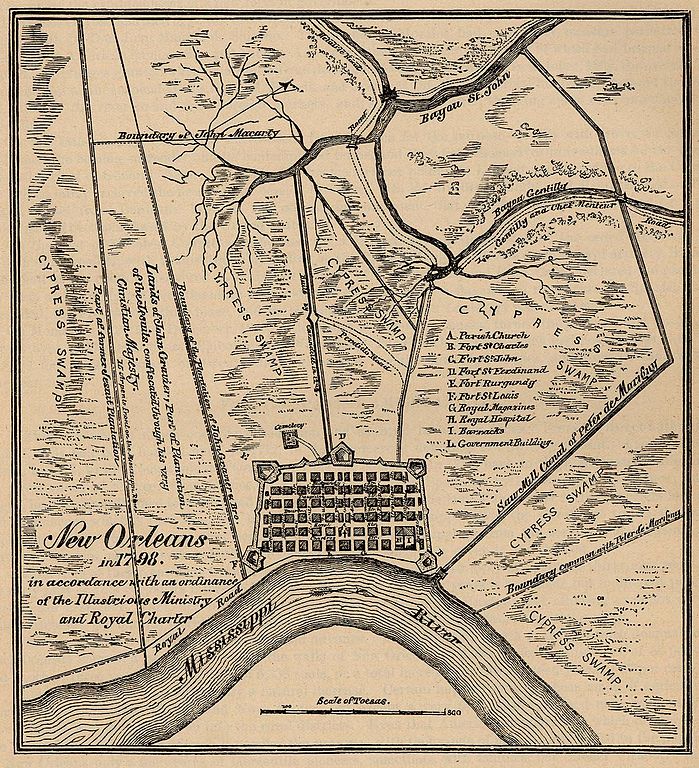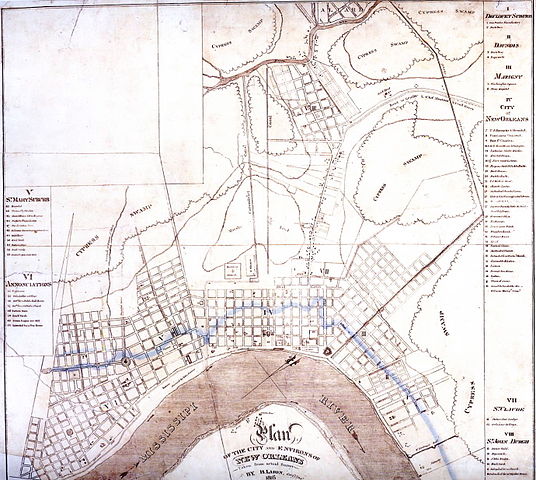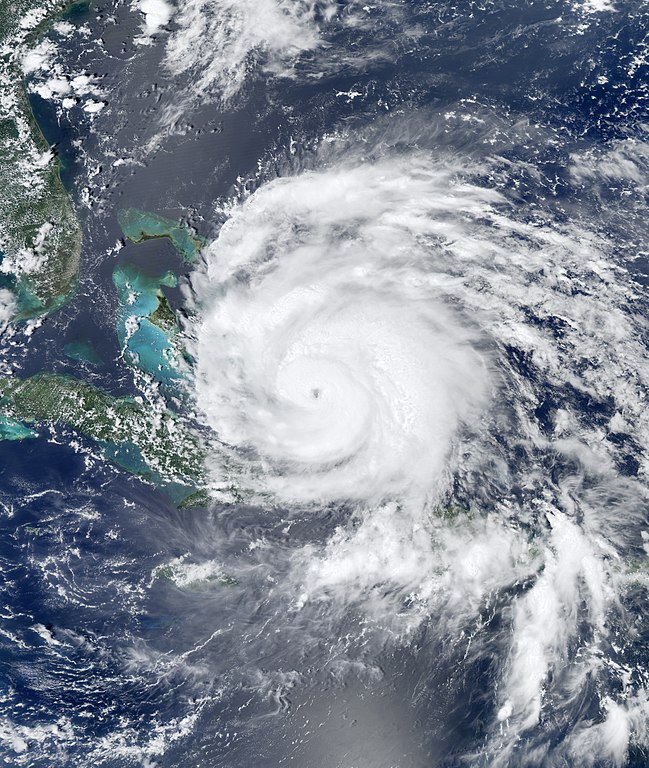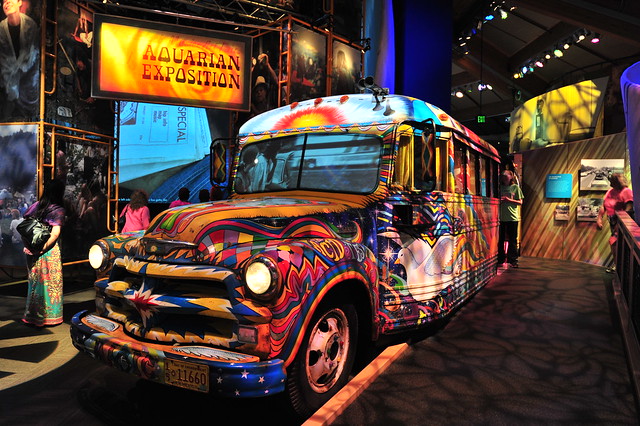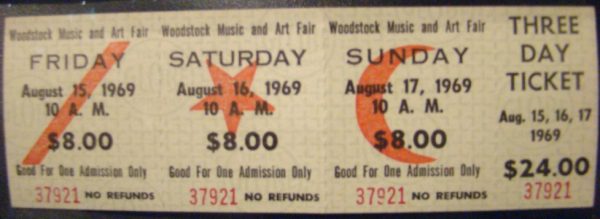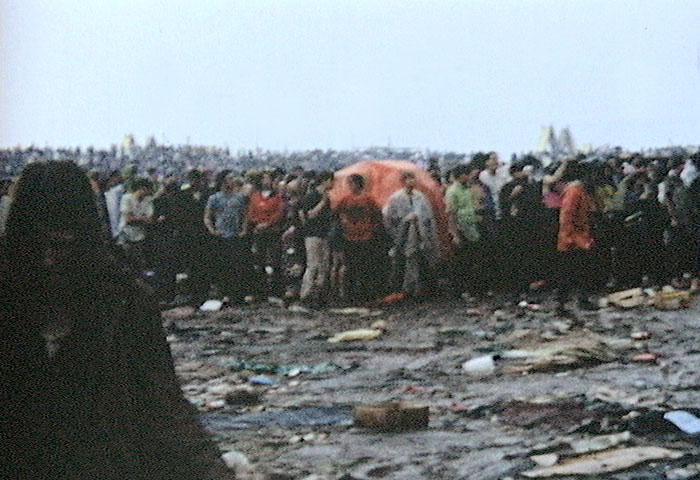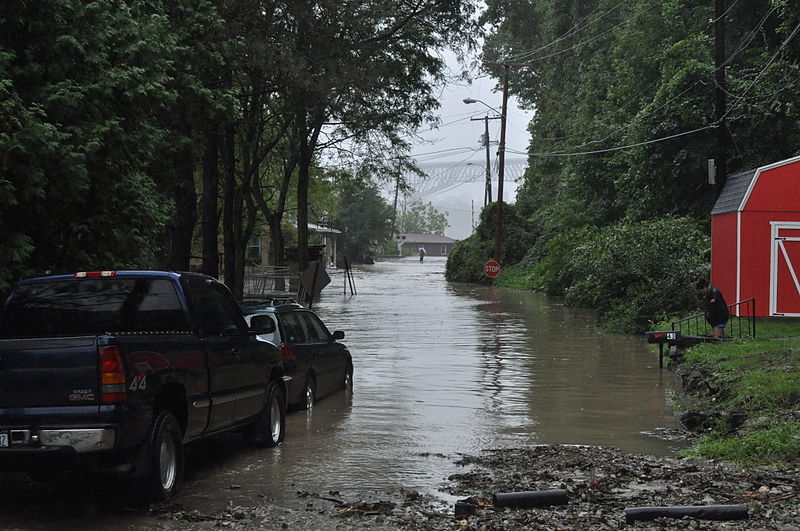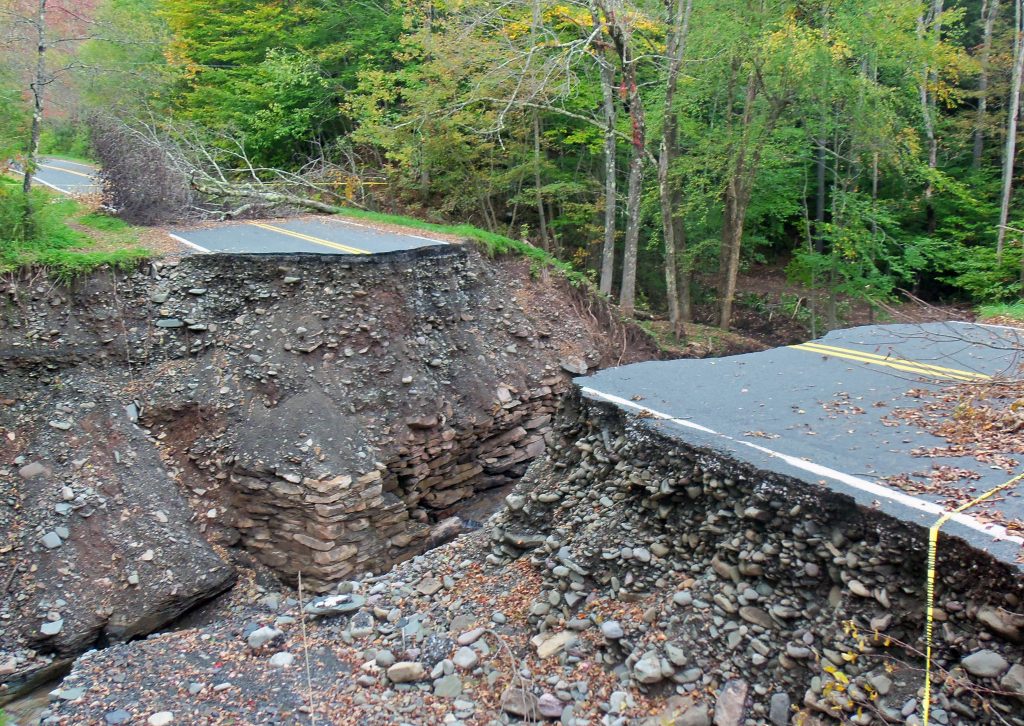THE OCCASIONAL MENTOR:
A semi-regular column based on questions I’ve answered on Quora, heard on Slack groups, and other career advice I’ve given over the prior month. Feel free to challenge me in the comments, if you have a different experience. Below are questions I answered in November.
November 15, 2020
Whether they are deliberately doing it or not, there is some basic psychology and behavioral economics traps that can get in the way of making a decision that is in your best interest. Not having the facts, irrelevant facts or even having too many facts or too many choices can affect your ability to make a reasonable decision.
A famous psychology experiment explores a concept known as the “paradox of choice.” Supermarket customers were offered to taste test a variety of jellies at a supermarket. Those who were presented with six choices were more likely to buy than those presented with 24. Why? Providing too many choices can obscure the value of each individual part and make it difficult to compare one choice to another. Airlines use this when they give you a base cost and nickel and dime you for everything else. Auto salesman have been doing this for decades. Sometimes an abundance of choices causes you to accept (and pay for) too many variables. Other times, it leaves you putting off the decision altogether.
There could also be what you call random things that have little to nothing to do with your decision or that are things you may have little control over. Think about the decision you are trying to make and who it affects, and how it affects them and you. Try to eliminate anything that comes from outside that circle, especially if you know reasonably that you have no control over these things.
Here is a good mind-mapping method that will help bring you closer to a decision:
Write everything down, in concentric circles from the most affected to the least. Begin make connections and start crossing things off as a factor if they don’t connect. Do the same with people who are part of or not part of the decision, especially if they are coming up as possible factors. It’s good to do this in concentric circles so that the most affected people (or things) are in the center and the next level is in a circle outside of the center and the next one another ring further. Draw connection lines and note where those connections are weak or nonexistent. Cross off anyone or anything who is way on the outside or part of a weak or broken connection. Take what remains and draw a new set of circles and examine it. Things should start to come clearer.
Will COVID-19 make entry-level web design jobs harder to get?
November 15, 2020
It’s going to take a lot of effort and network building to land an entry level job in these COVID times. My advice is to try to attend online design meetups and join design slacks (google the phrase, there are many) that make time for interaction, not just webinars that have speakers or panels with no interaction. With the entire world online and hosting events, you don’t need to stick to your local area right now. At the online events and discussions, take note of people who are working in areas you enjoy or want to develop more and reach out to them for a private conversation. Be sure to follow up!
Get creative. Look for start up organizations and incubators at local universities. Look for nonprofits that need to get their holiday funding message out. If you are a graduate of a university or Bootcamp, connect with the placement or alumni office. Alumni are often willing to go out of their way to help someone whose shoes they used to wear.

